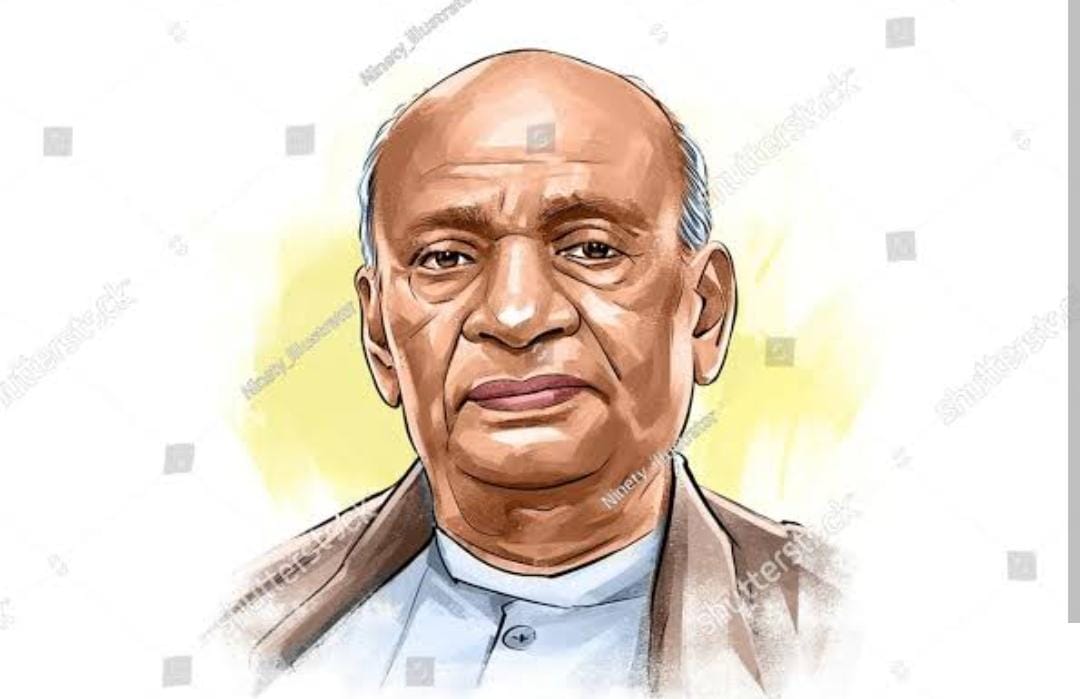Essay on Sardar Vallabhbhai Patel
Sardar Vallabhbhai Patel: The Iron Man of India
Introduction:
Sardar Vallabhbhai Patel, popularly known as the “Iron Man of India,” was a towering figure in the country’s struggle for independence and its subsequent unification. His unwavering commitment to the nation, exceptional leadership, and vision for a united India have left an indelible mark on the nation’s history. This essay delves into the life, contributions, and enduring legacy of Sardar Vallabhbhai Patel.
Early Life and Education:
Born on October 31, 1875, in Nadiad, Gujarat, Patel came from a simple farming family. He pursued law and emerged as a prominent lawyer known for his legal acumen and dedication to justice.
Role in the Indian Independence Movement:
Sardar Patel played a vital role in the Indian freedom struggle. He joined Mahatma Gandhi’s non-cooperation movement and participated in civil disobedience campaigns, advocating for Indian self-rule and resisting British oppression.
The Unifier of India:
After India gained independence, Sardar Patel faced the monumental task of unifying the numerous princely states into a cohesive nation. His strategic negotiations, diplomatic skills, and steadfast determination achieved the integration of over 562 princely states into the newly formed Republic of India.
Integration of Princely States:
Patel’s “iron will” and persuasive abilities compelled even reluctant princely rulers to join the Indian Union. His firm resolve and political astuteness ensured the territorial integrity and unity of the nation.
Architect of Administrative Reforms:
As the country’s first Deputy Prime Minister and Minister of Home Affairs, Patel was instrumental in designing administrative and governance structures. He played a crucial role in shaping India’s bureaucracy and civil services.
Economic Policies and Nation-Building:
Patel understood the economic challenges of a newly independent India. He championed policies to address poverty, agrarian issues, and industrial development, laying the foundation for the country’s economic progress.
Statue of Unity:
The “Statue of Unity,” the world’s tallest statue, stands as a tribute to Sardar Patel’s monumental contributions. It symbolizes his towering stature as a leader and his role in uniting India.
Legacy of Unity and Leadership:
Sardar Patel’s legacy as the “Iron Man of India” continues to inspire leaders, policymakers, and citizens alike. His emphasis on unity, secularism, and strong governance remains a guiding force.
Champion of Secularism:
Patel firmly believed in secularism and equal rights for all. He worked tirelessly to ensure the protection of minority rights and communal harmony.
Remembering Patel:
October 31st, Patel’s birthday, is celebrated as “Rashtriya Ekta Diwas” (National Unity Day) in his honor. The day is a reminder of his commitment to national integration and unity.
Conclusion:
Sardar Vallabhbhai Patel’s life was a testament to his dedication, leadership, and love for the country. His instrumental role in India’s independence movement, followed by his unification efforts, has earned him a place in the pantheon of India’s great leaders. His legacy inspires us to uphold the values of unity, integrity, and nation-building, as we continue on the path of progress he helped pave.

